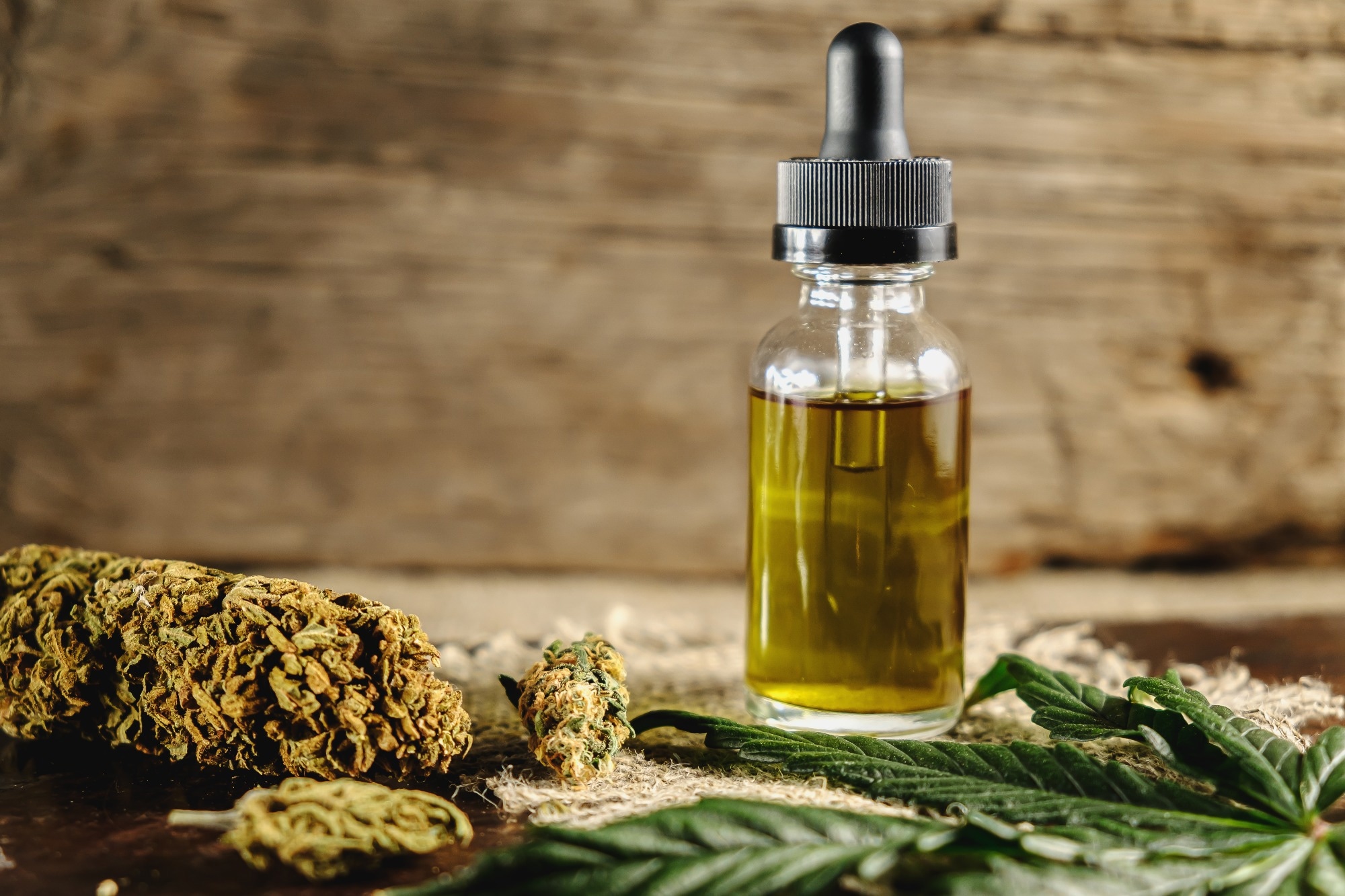Cannabis users’ cognitive abilities compared: Flower vs. concentrate
In a recent study published in the journal Scientific Reports, researchers examine the cognitive test performance of chronic cannabis flower and concentrate users as compared to non-users.
Study: Cognitive test performance in chronic cannabis flower users, concentrate users, and non-users. Image Credit: Alexander_Volkov / Shutterstock.com
Flower vs. concentrates
As cannabis legalization has increased in many countries worldwide, the widespread availability of more potent products, such as concentrates, has also increased. In fact, current estimates indicate that up to 66% of adult cannabis users have reported using concentrates in the past, with up to 37% using these products on a regular basis.
As compared to flower, which typically contains between 9-20% tetrahydrocannabinol (THC), the primary psychoactive compound present in cannabis, many cannabis concentrates can have a THC concentration between 60-90%. Previous studies have investigated the different effects of concentrate use as compared to flower use, with many reports indicating that concentrate use is associated with a greater risk of frequent cannabis use, younger onset age of cannabis use, tolerance and withdrawal, symptoms of cannabis use disorder, physical dependence, risky behavior, and the use of other drugs.
Despite the widespread availability of these highly potent products, there is limited research on their cognitive effects, particularly when compared to those associated with flower use. In fact, to date, only three studies have compared the cognitive effects of concentrate and flower users, with concentrate users not found to perform significantly worse than flower users. Nevertheless, more research is needed to differentiate the effects of flowers and concentrate use on cognition.
About the study
The current study included adults aged 18 to 39 years to minimize the impact of age-related cognitive decline that typically starts in middle and older adulthood. Individuals were classified as non-users if they reported less than ten instances of use throughout their lifetime, did not use marijuana in the past year, and tested negative for THC in their urine. Individuals were classified as cannabis users if they reported using cannabis almost daily for at least one year and had a positive urine test for THC.
Flower users were required to confirm that they only used flowers, while concentrate users confirmed that they used concentrates for at least 25% of their cannabis consumption. Cannabis users were required to refrain from using any cannabis-related products on testing session day.
Study participants were recruited from the local community through flyers and social media advertisements. A total of 100 cannabis users and 98 non-users who met the eligibility criteria were included in the current study. Of the 100 cannabis users, 46 exclusively used flower, one exclusively used concentrates, and 53 regularly used both flower and concentrates. Non-users, concentrate users, and flower users were similar in gender, age, premorbid verbal intelligence quotient (IQ), stress, and depression.
Participants underwent two rounds of screening to confirm eligibility, one before enrollment and another after cognitive testing. Cognitive tests were conducted individually by trained experimenters who were blinded to the participants’ cannabis usage status.
After finishing the tests, the participants used a computer to complete online questionnaires. The cognitive tests administered were the Weschler Test of Adult Reading (WTAR), Prospective memory tests, California Verbal Learning Test‑II (CVLT‑II), and Brief Visuospatial Memory Test‑Revised (BVMT‑R).
The cognitive effects of concentrate and flower use
Most cannabis users reported daily cannabis use, with almost half trying cannabis before age 16. According to concentrate users, their average daily intake is 6.24 hits/dabs, with an average of 3.63 sessions daily. This group also reported an average of 3.77 flower sessions each day and a mean total usage period of 6.65 years.
Both flower and concentrate users scored significantly lower on tests evaluating their episodic prospective memory, immediate and delayed verbal memory, and source memory. In terms of episodic memory, non-users scored an average of 57.1%, whereas flower and concentrate users scored 37.3% and 28.3%, respectively.
Following the administration of the immediate recall trial, non-users scored an average of 8.93 and 10.05 for immediate and delayed verbal memory, respectively. Comparatively, flower users scored 7.66 and 8.45, respectively, whereas concentrate users scored 7.68 and 8.61, respectively.
No significant differences were observed between flower and concentrate users on any of the cognitive tests. Furthermore, flower and concentrate users did not exhibit any significant difference in their psychomotor speed/attention, visuospatial memory, free recall, episodic recall, working memory, or executive functioning as compared to non-users.
Conclusions
Regular cannabis flower or concentrate use can lead to poor verbal and episodic prospective memory as compared to non-users. However, the current study did not identify any difference in the cognitive capabilities of regular concentrate users as compared to flower users.
The absence of variation in the usage of concentrates may indicate that individuals tend to adjust their use based on personal preference. However, further research is needed to confirm and broaden the results of this study to improve existing knowledge on the long- and short-term effects of these potent cannabis products.
Journal reference:
- Cuttler, C., Petrucci, A. S., & LaFrance, E. M. (2023). Cognitive test performance in chronic cannabis flower users, concentrate users, and non-users. Scientific Reports 13(1); 1-11. doi:10.1038/s41598-023-35217-1
No Byline Policy
Editorial Guidelines
Corrections Policy
Source
